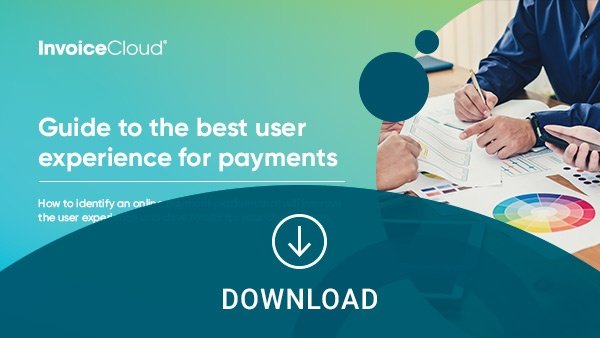Omni-channel is a popular buzzword that has made its way into almost every discussion about customer experience. Most of the software vendors you work with, in fact, will talk about ‘omni-channel capabilities’ that set their solution apart from the competitors. Your organization may even have these capabilities listed on a checklist you use to evaluate new software solutions. But what is omni-channel, and why do so many organizations focus on it?
Omni-channel refers to the ability to tie customer experience touchpoints together across multiple channels, such as online, on a mobile device, or over the phone. The difference between omni-channel and multi-channel is the ability to provide a consistent experience from one channel to the next. With omni-channel features, a customer can begin their interaction on the phone and pick it up later online without losing context. When it comes to payments, omni-channel is about allowing your customers to pay when, how, and where they want. It’s also about delivering the same, simple experience across every channel they can use to make a payment.
The reason that so many organizations focus on omni-channel capabilities is because of ever-changing customer expectations. Every organization, regardless of industry, is competing to deliver best-in-class customer experiences. And in an age where technology and preferences are constantly evolving, the ability to deliver a unified experience across channels is no longer optional.
The Omni-channel experience gap
Most organizations know they need to provide omni-channel experiences throughout the customer journey. Despite this, the majority of organizations still struggle with delivering great customer experiences. When it comes to payment experiences, the reality is that setting up payment channels and offering them to your customers isn’t enough. The channel itself isn’t as important as the customer’s experience when paying through that channel.
To illustrate this point, here are 3 key areas where omni-channel payment capabilities often fall short. These customer experience issues often lead to lower e-payment adoption rates, as well as increased workloads and headaches for your staff.
1. Intelligent communications
The key to getting customers to make payments online is engaging with them consistently and effectively. This starts with your customer communications. Think about how you currently notify customers that a bill is due. For many, it’s the paper bill. You need to continually remind customers to move to more convenient, electronic options. Once they do, are you sending one email, or more? Can your customers make payments from an e-bill, without having to login first? The route a customer takes to get from a bill notification to making a payment is critical. The easier the process, the more likely the customer will be to complete a payment.
Beyond this, think about the different channels you use to remind your customers about bills. Do you offer the option to receive SMS or email reminders? Can the customer make a payment directly from these reminders? If not, then these channels are not optimized to enable simple and efficient payments. Every communication channel should drive customers to make a payment directly from the communication.
2. Payment roadblocks
Too many online payment platforms direct payers to a login screen from an e-bill or mobile notification. This is an issue, particularly when it comes to making mobile payments, because customers will abandon the payment route if they can’t remember their login information. At InvoiceCloud, approximately 40% of payers use a one-time payment or guest checkout route to pay their bills. This means that almost half of payers never even log in to an account when making a payment. Forcing payers to login to an account before making a payment significantly impacts e-payment adoption rates, and this effect is only amplified on mobile devices.
3. Retaining information or context
The key factor that differentiates omni-channel from multi-channel is the ability to maintain context from one channel to the next. This means making sure no loss of information occurs when a customer switches between channels. Think of the last time you had an experience where you had to repeat yourself or enter the same information more than once to complete a task. Now consider how frustrating a process like that would be for one of your customers who is trying to pay a bill. To make the customer experience as simple and convenient as possible, there needs to be a shared connection between every payment channel. Customers should not have to re-enter information your organization has already stored, like billing addresses. Retaining information across channels reduces customer effort and improves the overall customer experience.
Better experiences create better results
The goal of an online payment platform is to convert payers to self-service payment routes to save time and money for your organization. Omni-channel capabilities are one key feature that organizations tend to focus on to provide a better experience for their customers. It’s important to keep in mind, though, that channels on their own are not enough. Without a unified experience that consistently engages customers, your omni-channel features may end up being just another point of frustration for your customers.
To learn more about how to create the best user experience for online payments, download our ebook below:

